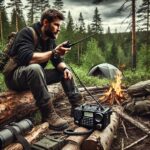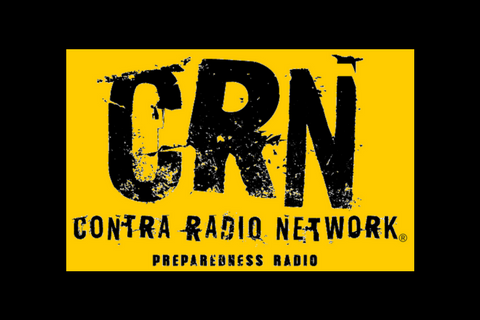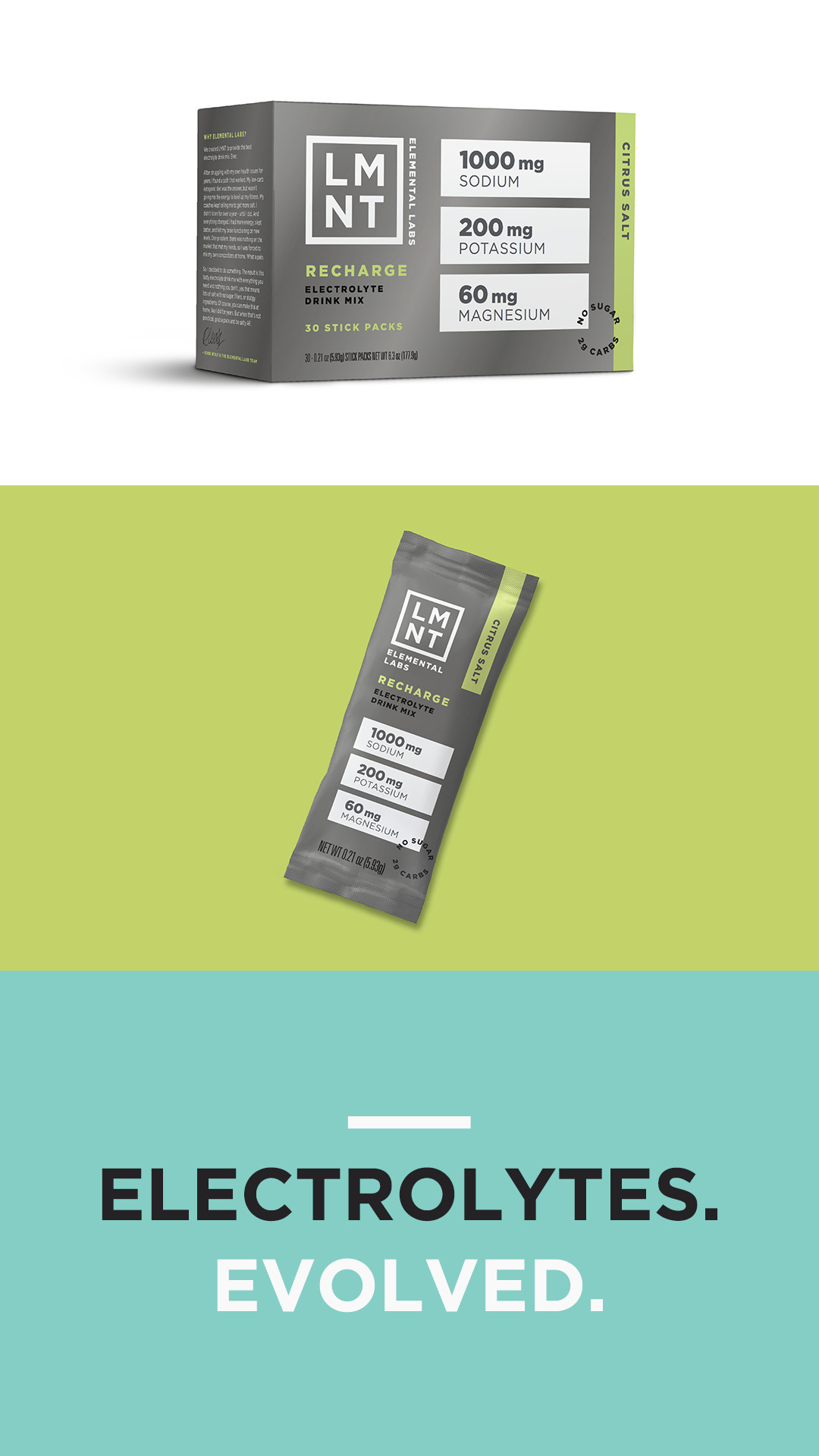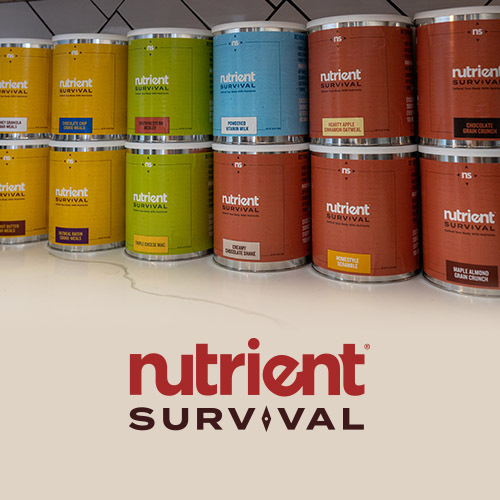Podcast
Black Market: Bartering, Cryptocurrency, and the Dark Web | Episode 377
In a world where governments increasingly regulate financial transactions, preppers, and survivalists must consider alternative economies. Whether you’re dealing with economic collapse, excessive taxation, or authoritarian overreach, black and gray markets have always provided a means of survival. In this episode, we dive into three key aspects of the underground economy: bartering, cryptocurrency, and the dark web.
"Black Market: Bartering, Cryptocurrency, and the Dark Web | Episode 377"
Preparing for Bad Weather| Episode 376
When disaster strikes, it’s often Mother Nature leading the charge. From hurricanes and blizzards to tornadoes and heat waves, bad weather can quickly turn from an inconvenience to a life-threatening situation. For preppers and survivalists, being ready for extreme weather isn’t just a good idea—it’s essential. Today, we’re diving into practical steps you can take to protect yourself, your home, and your loved ones when the skies turn dark.
"Preparing for Bad Weather| Episode 376"
Weapons Beyond Guns: The Best Alternative Self-Defense Tools | Episode 375
When it comes to self-defense, firearms are the ultimate tool—effective, reliable, and a force equalizer. However, not everyone can or wants to rely on guns in every situation. Whether due to legal restrictions, personal preference, or practicality, having alternative self-defense tools can be essential for survival and preparedness. Let’s explore some of the best options available and how they can fit into your overall self-defense strategy.
"Weapons Beyond Guns: The Best Alternative Self-Defense Tools | Episode 375"
Finding Unwoke Media | Episode 374
Many people find that woke media sacrifices good writing and world-building in favor of pushing a narrative. Instead of natural character development, these stories often feel like lectures. If you’re tired of media that prioritizes message over entertainment, you’re not alone.
"Finding Unwoke Media | Episode 374"
The Most Overlooked Survival Skill – Communication | Episode 373
When people think about survival skills, they often focus on fire-starting, food storage, and self-defense. However, one of the most underrated and essential skills is communication. In a survival situation, whether you're in a disaster scenario, bugging out, or just navigating everyday emergencies, how well you communicate can determine your success—or your failure.
"The Most Overlooked Survival Skill – Communication | Episode 373 "














Follow Us!